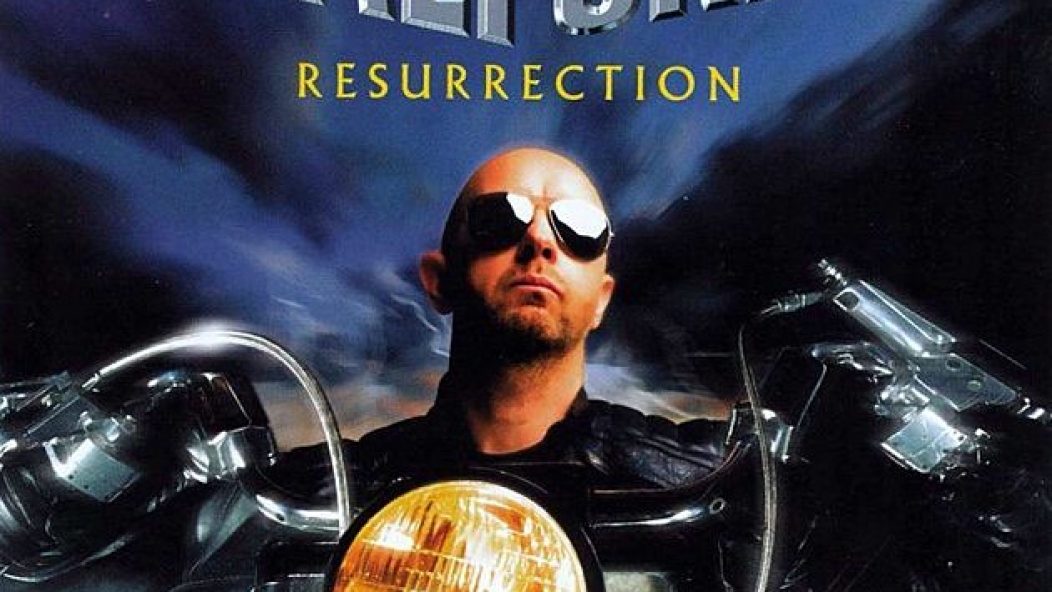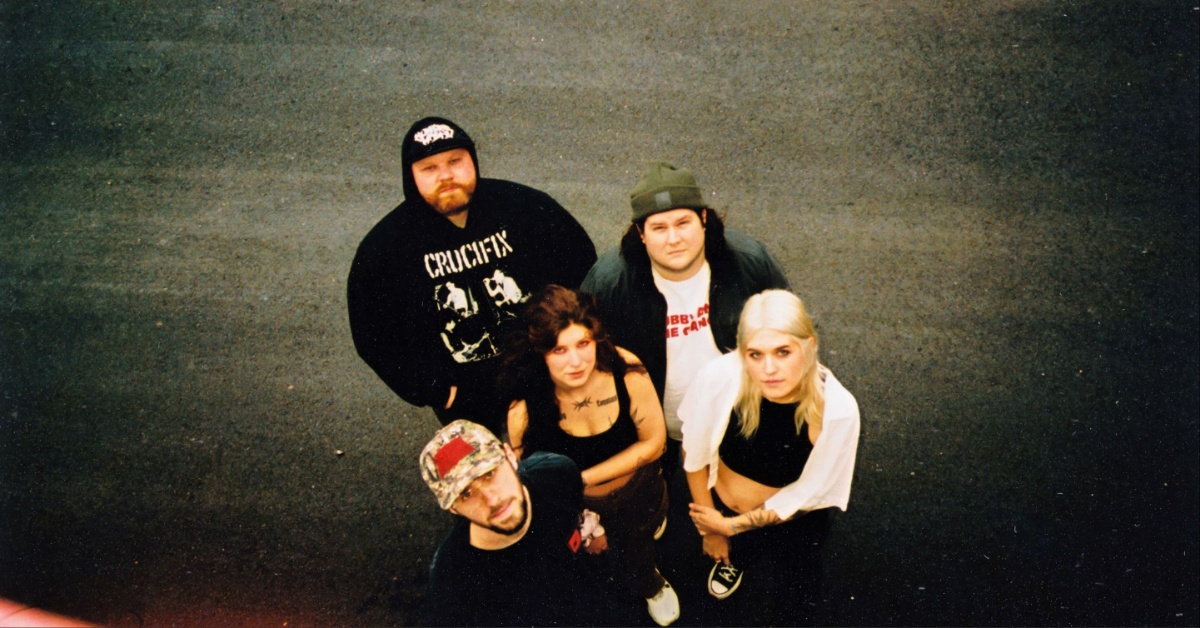
Halford's Resurrection Turns 15
…
Metal fans, myself included, value sincerity and earnestness when it comes to a band’s creative endeavors. When art is contrived and disingenuous, we’re the first to fire away in comment threads, message boards and conversation at shows. Generally, I feel like we can detect when someone’s trying to play us for fools.
Despite that mindset, we’ve given Rob Halford and Judas Priest a pass every time they’ve pulled one over our heads since 1979. The influence and daring of ‘70s Priest may be undeniable, but the truth is that Priest were at their best when they pandered to a lower common denominator: the time when they showed off short songs with huge hooks, commanding growls from Halford and fat chugs on the low E. The eagle-like screams, the double-kick drums and the twin leads shaped the course of metal, but these simple, perfectly crafted songs are the ones we remember and hold dear. They’re the standard that we as fans have held Judas Priest to throughout much of their career.
Rob Halford only realized that at the start of the new millennium. Priest wore many hats from 1975 to 1990; they masqueraded as heavy prog weirdos, NWOBHM grandmasters, pop-metal arena-packers and finally speed metal maniacs throughout that period. After receiving a cool reception for his industrial project 2wo, Halford—nearly a decade removed from Priest by 2000—opted to zone in on the classic metal sound perfected on Defenders of the Faith and give it a modern polish.
This was the first time that a member of Judas Priest (albeit an ex-member at the time) successfully identified their core-competency. The reunited act would do the same on Angel of Retribution and Redeemer of Souls, but Rob Halford did it first on his solo debut, Resurrection, which was released 15 years ago today.
From the album title to the cover art to the opening lyrics, Halford intended this album as a statement of purpose: “I’m digging deep inside my soul/To bring myself out of this goddamned hole,” he declared, knowing that his and Priest’s legacies were tarnished. Fans needed a reminder of what made the band so great.
The last time Halford graced an album cover, his face was lazily photoshopped in front of a train. As for Priest, a low-resolution image of a generic creature called the Jugulator adorned their then-latest CD. On Resurrection, the Metal God rode a Harley while rocking a rad pair of aviator shades. Halford’s first solo attempt was a surgical release, conceived with the intention of poking at every ticklish mental nerve tieing together Judas Priest and happiness.
Resurrection rarely lets up with anthems tailor-made for singing along and pumping fists into the air. The title track and “Made in Hell” are knockout songs that both acknowledged the past while loudly announcing Halford’s return to metal, while “Cyberworld” is a classic British Steel-style barreler. He even brought back Bob Halligan Jr., writer of “(Take These) Chains” and “Some Heads Are Gonna Roll”, to pen the weirdly lurching and creepy “Twist.”
The tracks on Resurrection stomp forward, feature an endless rain of downpicked riffery and the lyrics in the non-biographical tracks make absolutely no sense. In other words, they’re vintage Priest tunes, played by a band of seasoned veterans with the Metal God showing off the voice that earned him the moniker in the first place.
In spite of the occasional inane wordplay, Halford brought forth some of the most introspective lyrics of his career on “Silent Screams,” a masterful epic that begins as a sad and existential ballad, but ends with a smorgasbord of riffs set to a cascading waterfall of screams from the Metal God. Musically the track is pure bliss, but Halford’s words here are something else. For the first and only time in his career, Rob Halford vents. No monsters, no calls for singalongs, no campy winks, only 7 minutes of the Metal God admitting to being a normal guy with emotional baggage. The final words of the track say it all: “So every time I scream, I’m killing pain.”
So how did Halford follow this shock of musical and lyrical heaviness? With total fanservice of course. “The One You Love to Hate” is more or less a classic metal fan’s Marvel vs. DC, with Halford trading lines with Bruce Dickinson on a track pretty much exists just to make people squee.
That’s ultimately the crux of Resurrection: it’s a monolithic pile of everything that makes Judas Priest and Rob Halford awesome. Yes, the album slightly falters in its second half and yes, Halford’s second solo outing Crucible made for a richer and more complex listen, but Resurrection simply oozes all that we love about Priest and the Metal God. That’s all that fans needed in 2000, and it continues to make Resurrection undoubtedly rad 15 years after its release.
…
…










